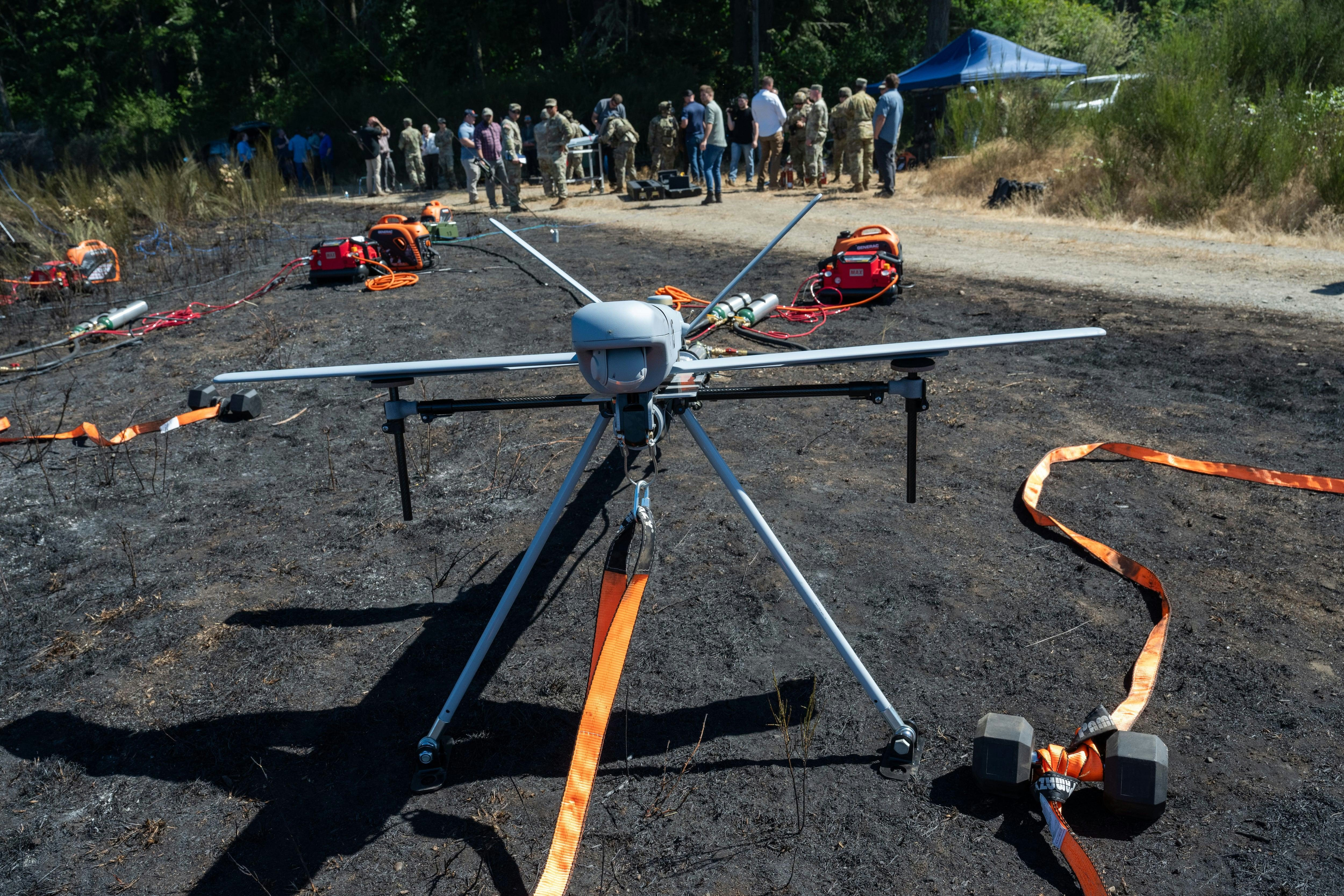
AeroGenie — Your Intelligent Copilot.
Trending
Categories
Putin Calls for Accelerated Development of PD-26 Widebody Engine
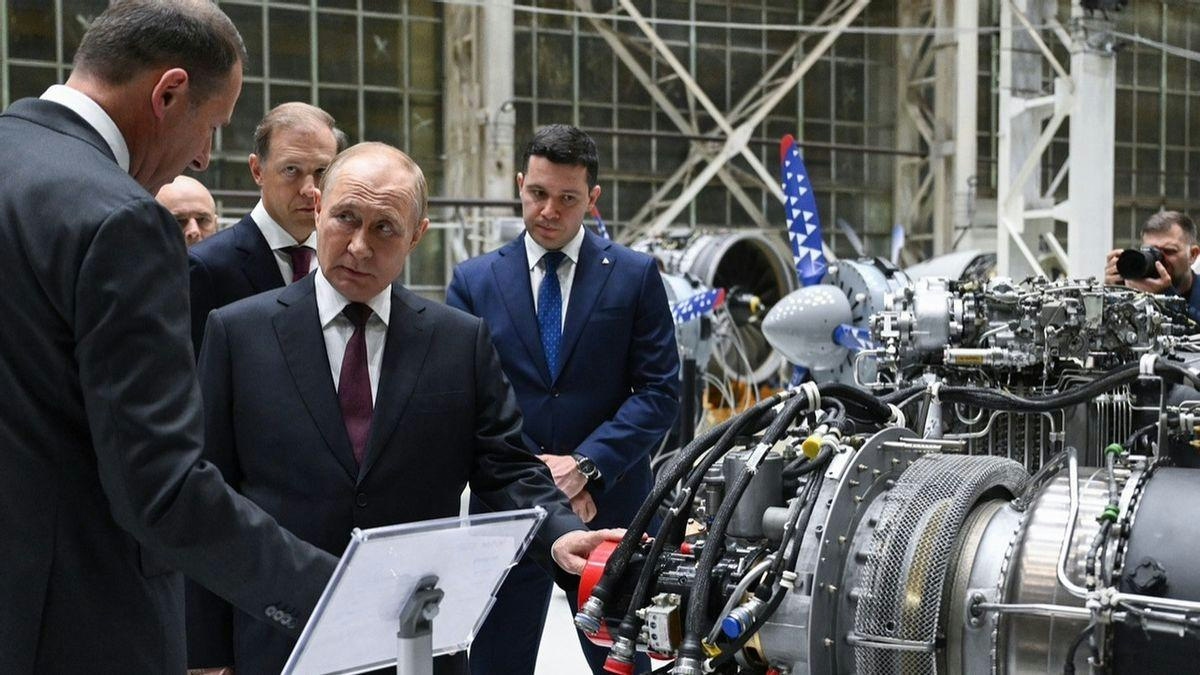
Putin Calls for Accelerated Development of PD-26 Widebody Engine
Strategic Importance of the PD-26 Engine
Russian President Vladimir Putin has emphasized the urgent need to accelerate the development and serial production of the Aviadvigatel PD-26 engine, underscoring its critical role in advancing both military and civil aviation sectors. During a meeting on aerospace powerplants held on 5 September at United Engine’s Kuznetsov facility in Samara, Putin described the PD-26 as Russia’s first high-thrust aircraft engine, highlighting its advanced attributes in power, thrust, efficiency, and economy. He stressed that the successful implementation of the PD-26 project would not only modernize military transport aviation but also pave the way for a new generation of widebody civil airliners.
“This is the first high-thrust aircraft engine developed in Russia,” Putin stated. “It has fundamentally new capabilities in terms of power and thrust. At the same time, it is efficient and economical. Implementation of this project will allow us to modernise not only military transport aviation, but will also open up prospects for the construction of a new generation widebody civil airliner.”
Development Context and Challenges
The PD-26 is designed as a derivative of the PD-35, which remains under development, and is part of a broader family of engines that includes the PD-14—currently powering the Yakovlev MC-21-310—and the PD-8, intended for the SJ-100 regional jet. United Aircraft has recently announced plans for a new family of widebody airliners, comparable to the Boeing 787, which could be powered by the PD-26. This initiative signals Russia’s ambition to compete more directly with established Western aerospace manufacturers.
Despite these ambitions, the PD-26 project faces considerable challenges. Securing sufficient funding and technical expertise to meet the accelerated development timeline remains a significant concern. Additionally, ensuring that the engine complies with stringent international safety and performance standards will be critical to its success. The global market response to the PD-26 could intensify competition, potentially challenging the dominance of Boeing and Airbus. In turn, rival engine manufacturers may accelerate their own next-generation engine programs to maintain market share.
Broader Aerospace Developments and Import Substitution
Putin was also briefed on the progress of PD-14 production and the certification flights of the MC-21, alongside updates on the PD-8 engine. These developments form part of a wider Russian strategy aimed at reducing dependence on foreign-supplied systems through import substitution. A recent milestone in this effort was the first flight on 2 September of a Russian Helicopters Ansat equipped with Klimov VK-650V engines, which replace the previously used Pratt & Whitney Canada PW207K.
The president praised the PD-8 and VK-650V engines, affirming that they “meet the best world standards.” He highlighted engine manufacturing as a vital indicator of Russia’s technological progress and sovereignty. “A lot has really been done…but there are also some issues that require special attention. Benchmarks need to be outlined—specific ‘road maps’,” Putin said, calling for clear targets and sustained focus as Russia seeks to advance its aerospace capabilities.

United Airlines Flight Returns to Dulles After Engine Failure on Takeoff

United Airlines flight makes emergency landing at Dulles after engine failure

The Impact of the New Air Force One’s Delayed 2028 Arrival on Aviation and Travel

United Airlines Restarts Controversial AI Scheduling for Flight Attendants
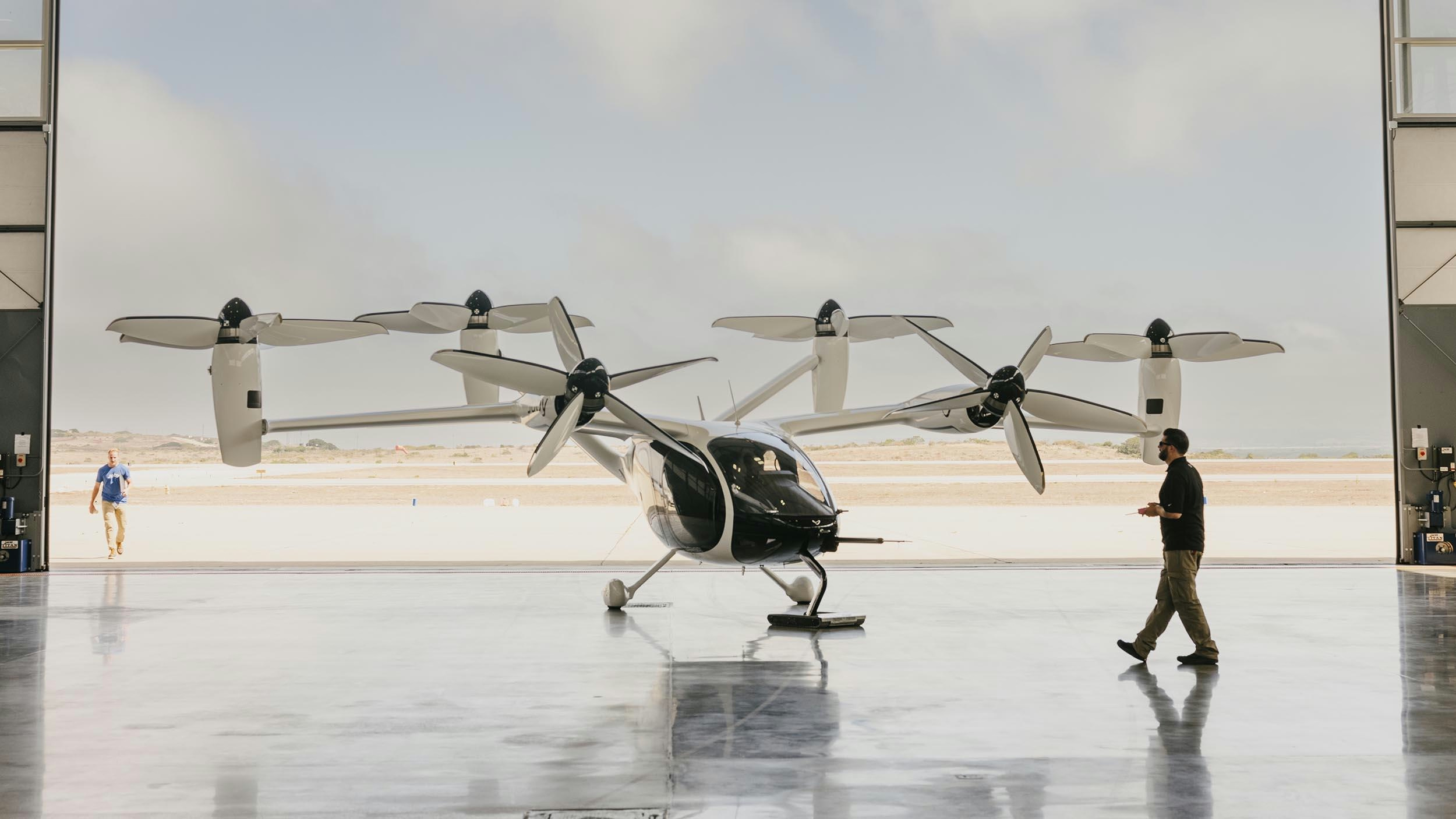
Joby Aviation’s Air Taxis Poised to Change Urban Travel and Tourism
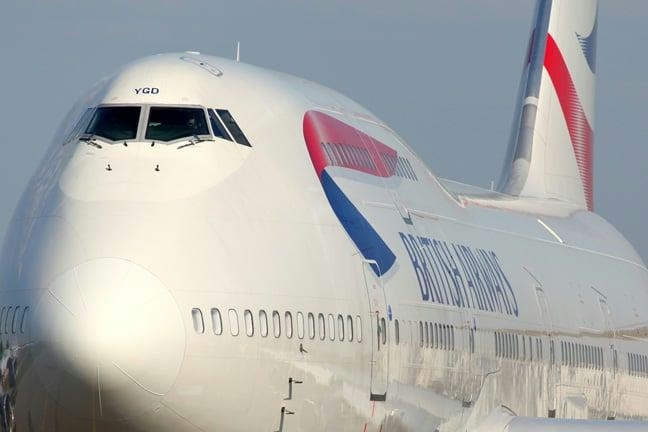
BA Chief Warns AI Agents May Diminish Brand Visibility
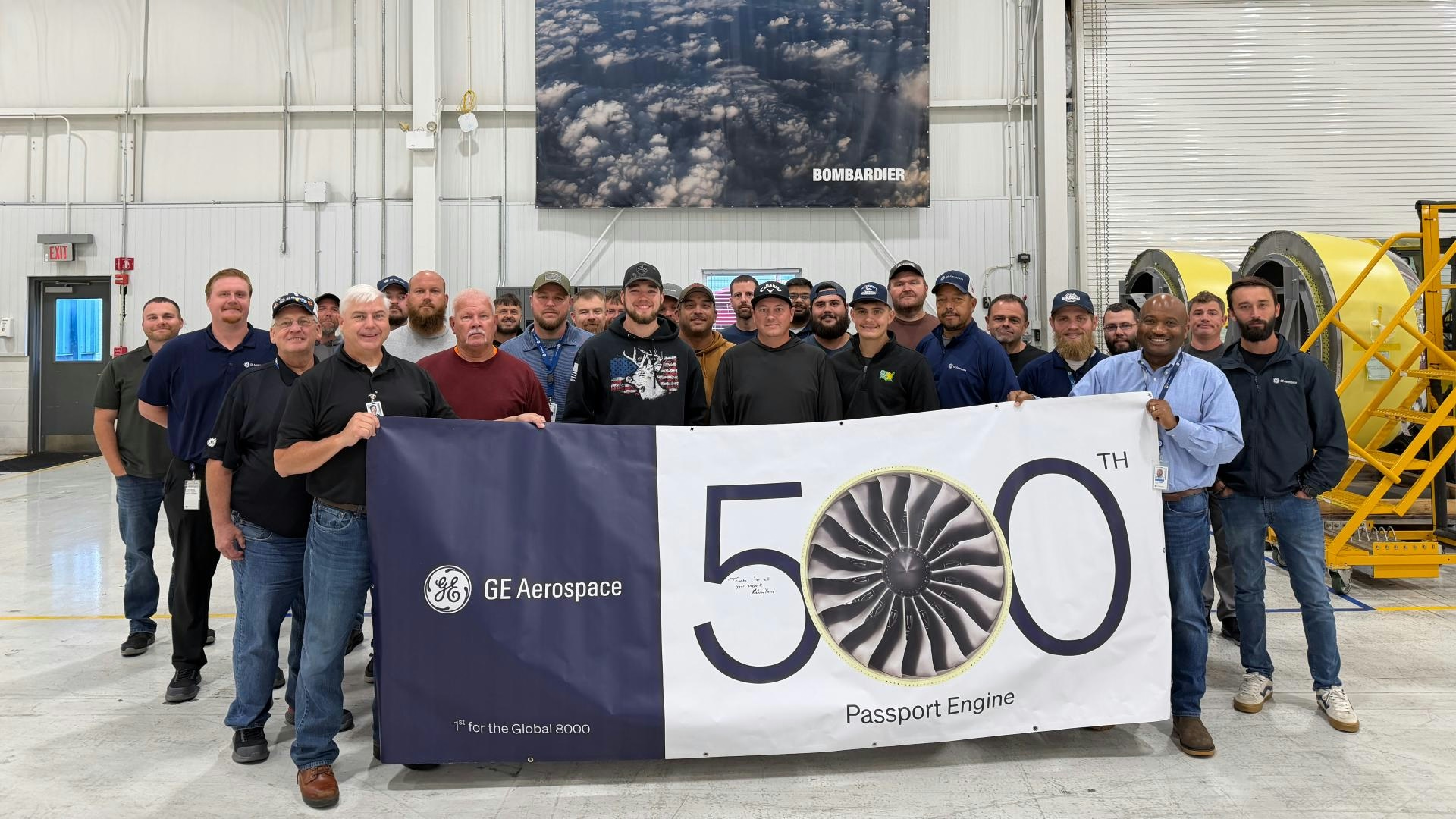
How GE Is Meeting Global Jet Engine Demand
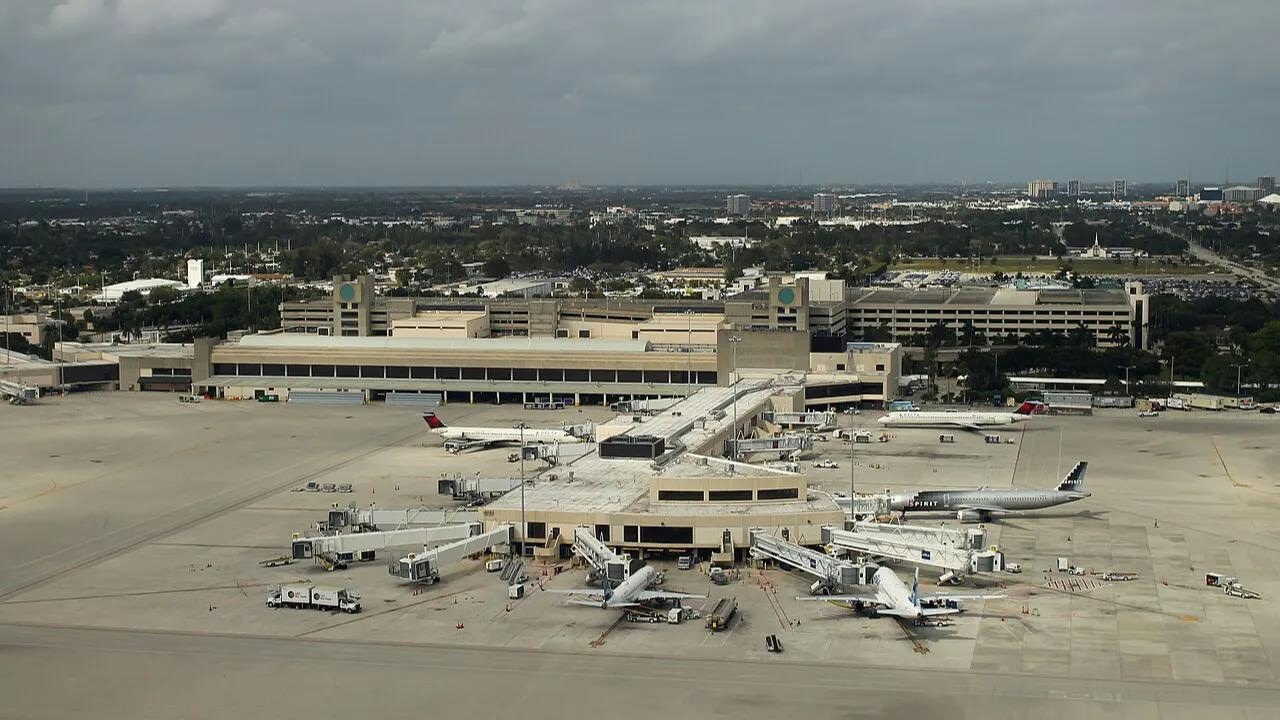
IATA Projects Airline Profits of $41 Billion in 2026
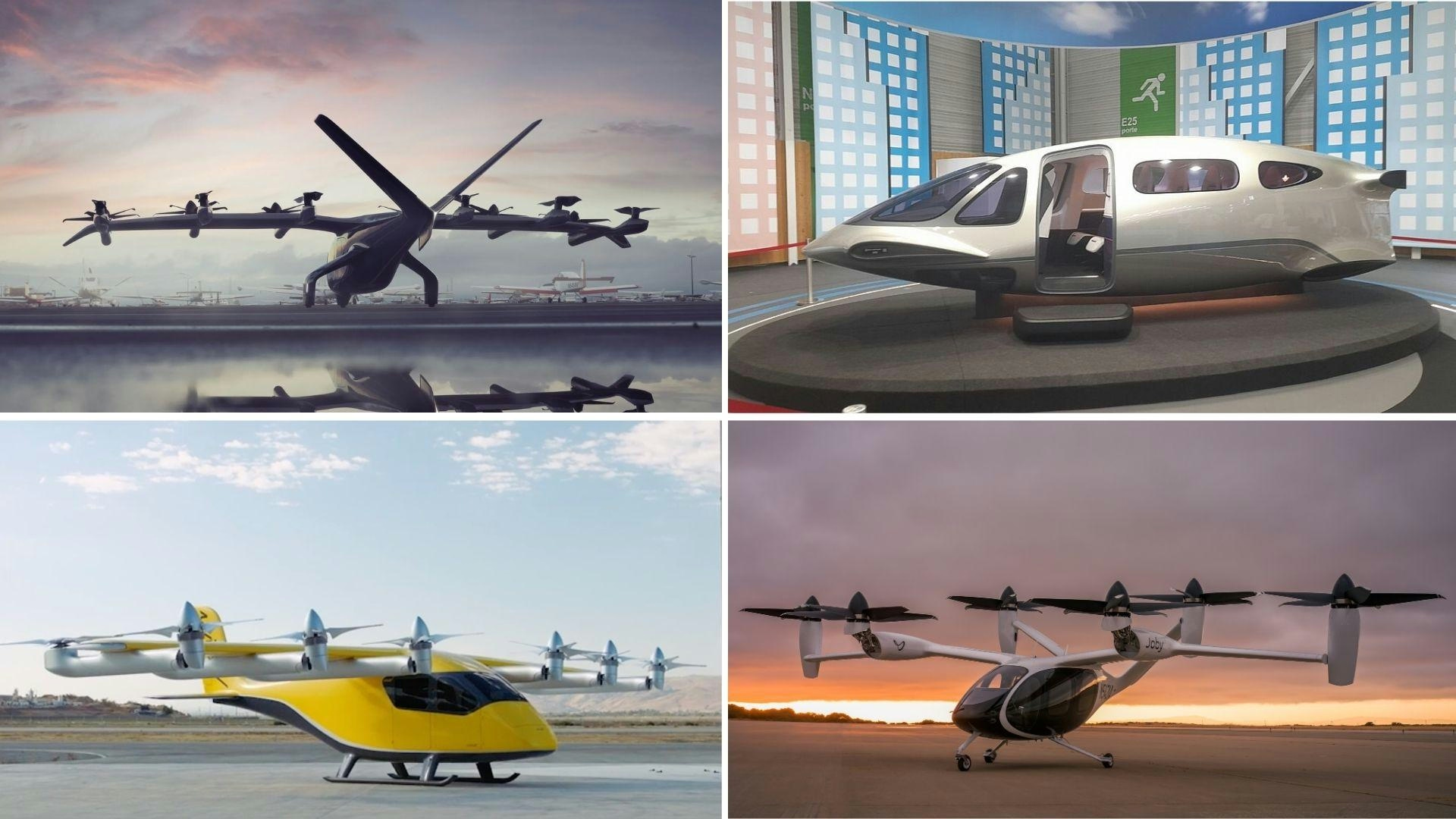
Five Air Taxis Poised to Shape Urban Mobility by 2026
